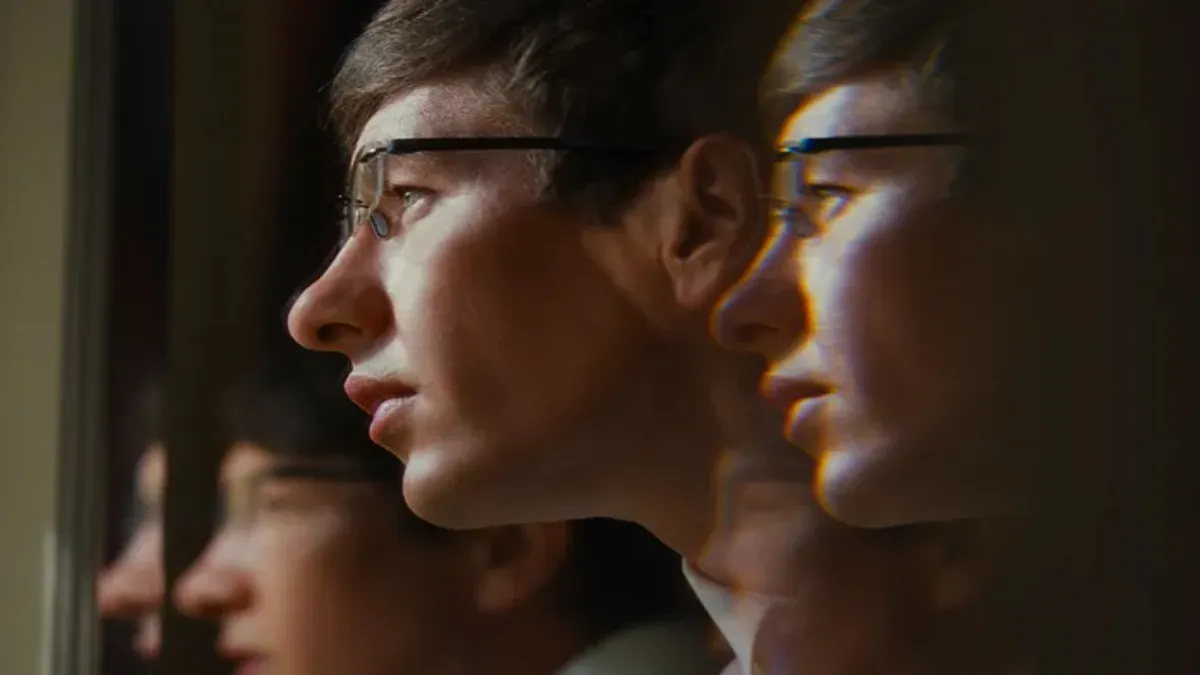
Advertisement
In the realm of Emerald Fennell’s audacious psychosexual thriller “Saltburn,” where scenes of bathwater slurping and grave-fucking have already tested the audience’s shock threshold, one might wonder, where else can the film possibly go? As the reign of psychopathic social climber Oliver Quick, portrayed devilishly by Barry Keoghan, nears its end, viewers, having witnessed the visceral and gory Technicolor events, believe they’ve seen it all. However, the film concludes with a whiplash-inducing surprise – a fully naked Oliver performing a camp dance routine in the Saltburn country estate to Sophie Ellis-Bextor’s Y2K nü-disco jam, “Murder on the Dance Floor.”
The scene, unexpected and absurd, marks a double take for the audience and is a stark departure from the film’s intense and dark tone. Choreographed by Polly Bennett, the routine represents a dance of extreme ownership as Oliver, having orchestrated a series of sinister events, prances through the estate with jazz hands, symbolizing his takeover as the new lord of the manor.
Bennett describes the routine as a moment of shedding veneers, with Oliver embracing his non-regretful self in his full naked glory. The one-shot routine, crafted by Bennett and Keoghan in stolen moments before and after filming, reflects a unique meeting point between their references, with Keoghan’s lack of classical dance training adding to the macabre charm of the scene.
The dance, infused with a narrative groove, mirrors Oliver’s journey through the estate, offering a glimpse into his unapologetic persona. Bennett leveraged Keoghan’s athleticism and sports background, allowing the dance to feel carefree and groovy rather than a professional dance routine.
Keoghan’s unconventional dance, a departure from his acclaimed roles in other films, reflects his versatility as an actor. Born in Summerhill, Ireland, where he practiced boxing as a hobby, Keoghan had to unlearn the body language essential for the ring, contributing to the unique and charming elements of the dance.
The choreography cleverly includes Easter egg movements, replicating actions from other moments in the film, tying Oliver’s character to those of others. Bennett acknowledges the intimate nature of the dance, incorporating full-frontal shots, but reassures that an intimacy coordinator was present, and the set was closed.
Despite Keoghan’s initial uncertainty, the dance was achieved in just five or six takes. His confidence soared as the crew applauded the performance, and he enthusiastically shared recordings of the routine with the team. Bennett notes that there was an interesting dynamic at play, as Keoghan was about to become a father, infusing a sense of joy into the scene.
The use of Sophie Ellis-Bextor’s track, “Murder on the Dance Floor,” adds another layer to the scene, especially for Brits familiar with the iconic song. Bennett, who grew up listening to Ellis-Bextor, highlights the surprising realization that the upbeat song is, in fact, about murder, making it a perfect fit for Oliver’s deranged behavior.
Ellis-Bextor herself expresses delight in seeing her 18-year-old track take on a new life in the film. The unexpected and unconventional dance finale, while surprising, brings a twisted, darkly funny, and fitting conclusion to “Saltburn.” Bennett emphasizes the power of choreography to convey messages when words fall short, turning movement into a language that speaks volumes.
